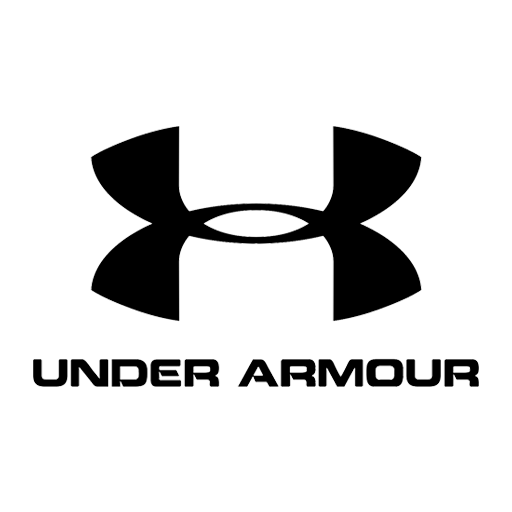Field Hockey Emerges from Soccer's Shadow
July 18, 2019
Like many other aspiring young athletes in Natick, Erin Quirk grew up playing soccer. It was in seventh grade when she had a chance to expand her athletic horizons and was introduced to field hockey.
“It is a lot of whistles and there are a lot of rules,” she allowed. “But once you get to the higher levels it’s a fast-paced game. The ball moves a lot faster. It’s a lot more fun and entertaining.”
Quirk embraced the sport and its culture and decided to play field hockey at Natick High School. This fall, she will be a senior captain for the Redhawks after helping to organize the team’s participation in the Elite Field Hockey Camps at Bentley University this summer.
Quirk and her Natick teammates were among 250 players from throughout New England who hit the Waltham turf on July 15 for the second day of the four-day camp. Bentley has hosted the camp for the past 30 years. Former Boston College and Yale coach Ainslee Lamb is this year’s camp director, and former Northeastern coach Cheryl Murtagh the coaching development director for the four sessions.
“I feel our sport has grown,” Murtagh said. “Maybe numbers-wise we haven’t seen a huge spike. But as far as the [talent] level of the players who are now coming up through high school and college it has, and it’s because there is an interest to start some youth field hockey programs.”
The Massachusetts Interscholastic Athletic Association’s annual participation survey shows field hockey numbers are back on the rise after more than a decade of slow decline. In 2000-2001, the MIAA reported 9,157 girls played the sport in the state. By 2009-2010, that number was down to 8,107, and hit a low of 7,694 in 2015-2016, but was back up to 7,914 by the most recent published survey in 2017-2018.
Lamb said the sport has not only stabilized in participation, but it is gaining on the quality of athlete it is attracting in New England.
“It used to be way back that the better athletes would play soccer [in the fall],” she said. “Then the second option would be field hockey. I have definitely seen that tide turn a bit now. When you look at the high school programs now, the female athletes of the year are playing field hockey. Those three-sport athletes are choosing field hockey as that fall option. Why is that happening? I think it’s happening because the game itself has evolved a lot.
“The evolution of the equipment has made it a fast-paced game,” she continued. “It’s not just something now where kids are looking to stay active for the fall. Or they can’t make soccer so they are doing field hockey. Now the best athletes in some of these schools are choosing the sport.”
Gigi Fay is from Lancaster, which is home to one of New England’s biggest outdoor soccer complexes at Progin Park and feeds the soccer-rich tradition at Nashoba Regional. But, like Quirk, she found something a little different and appealing when she started playing field hockey.
“I fell in love with the game and knew I wanted to continue to play,” said the rising senior with a verbal commitment to the University of New Hampshire. “I am always happy on the field. I always love playing. I started playing in middle school, and then started doing club, and knew this was the sport I wanted to play.”
Attleboro rising senior Anna Beck said there has been a similar groundswell of interest in field hockey in her hometown starting with the youth program.
“We have youth night where girls that age can come and watch one of our games and help out with the game,” she said. “It really helps get girls wanting to play field hockey, and join us, and wanting to be part of this team. The older girls ref the youth games. They get to see us. We can encourage them to play in high school.”
Murtagh said with the increase in youth programs to keep up with the expansion of soccer and booming lacrosse opportunities, there has been a need to train more coaches. That’s why she has taken on the coaching development role at Elite Field Hockey Camps with a symposium set for the first day of the final week of camps July 28 at Bentley.
“The biggest reason for us doing this is to give back to coaches what we didn’t really have,” she said. “We were players. Then we took our knowledge from playing and brought it on to the field with our coaching. What we’re trying to do right now is help coaches to coach. It’s become such a profession now. Before it was that if you played the game, you felt you could coach.”
With 79 Division 1 college programs nationwide, and 264 programs overall in Divisions 1, 2, and 3, there are plenty of opportunities to play the sport at the next level. The key, said both Lamb and Murtagh, is introducing more athletes to the sport in middle school, and getting them hooked on it early.
“It’s about development and a love of the game because we want kids to keep playing the game,” Lamb said. “Just play. It doesn’t matter where. Live out your passion by playing the sport. Then supplement your education through being a student-athlete. Just play it someway, somehow, beyond your high school career.”








